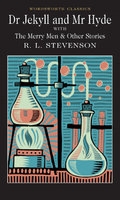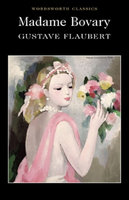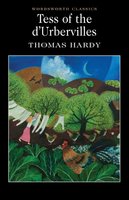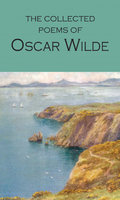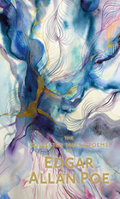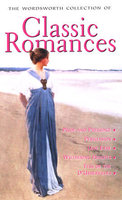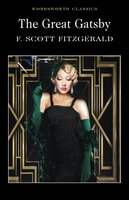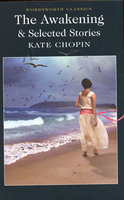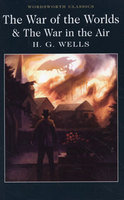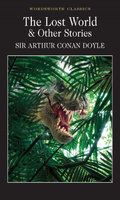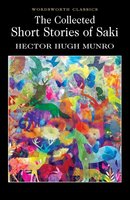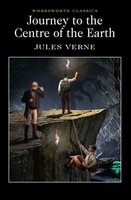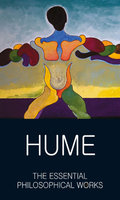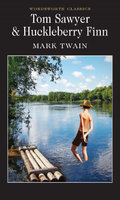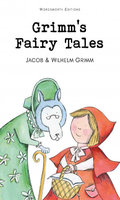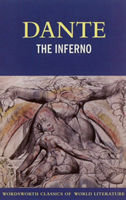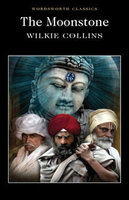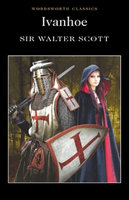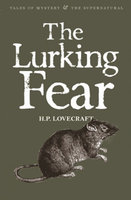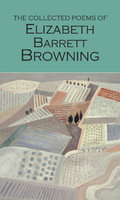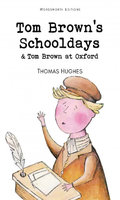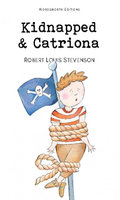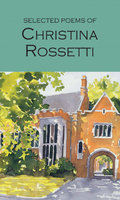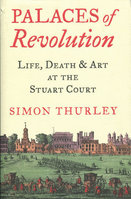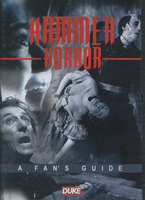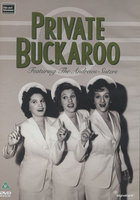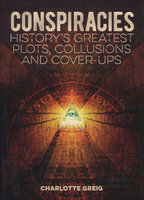New, Quality Gift Books - 50-90% off - over 2500 titles
Your basket is empty.
Categories Last Chance to buy!
Last Chance to buy!
Bibliophile's books are remainders which means they will never be published again and can become rare.
Here are our bin ends under 10 copies which do not appear in our catalogues. Bag your copy now! First come, first served.


New DR JEKYLL AND MR HYDE AND OTHER STORIES
Book number: 100488
Product format: Paperback
Bibliophile price
£4.00
|
New TESS OF THE D'URBERVILLES
Book number: 23802
Product format: Paperback
Bibliophile price
£4.00
|
New COLLECTED POEMS OF OSCAR WILDE
Book number: 34958
Product format: Paperback
Bibliophile price
£5.00
|
|
New COLLECTED TALES AND POEMS OF EDGAR ALLAN POE
Book number: 46363
Product format: Paperback
Bibliophile price
£10.00
|
New WORDSWORTH COLLECTION OF CLASSIC ROMANCES
Book number: 55440
Product format: Paperback
Bibliophile price
£6.50
|
New THE AWAKENING AND SELECTED SHORT STORIES
Book number: 76217
Product format: Paperback
Bibliophile price
£4.00
|
|
New WAR OF THE WORLDS & THE WAR IN THE AIR
Book number: 80528
Product format: Paperback
Bibliophile price
£4.00
|
New LOST WORLD AND OTHER STORIES
Book number: 10989
Product format: Paperback
Bibliophile price
£4.00
|
New COLLECTED SHORT STORIES OF SAKI
Book number: 100541
Product format: Paperback
Bibliophile price
£4.00
|
|
New JOURNEY TO THE CENTRE OF THE EARTH
Book number: 23648
Product format: Paperback
Bibliophile price
£4.00
|
New ESSENTIAL PHILOSOPHICAL WORKS
Book number: 65536
Product format: Paperback
Bibliophile price
£5.00
|
||
New TOM SAWYER AND HUCKLEBERRY FINN
Book number: 23871
Product format: Paperback
Bibliophile price
£4.00
|
New GRIMM'S FAIRY TALES
Book number: 23971
Product format: Paperback
Bibliophile price
£4.00
|
||
New THE LURKING FEAR: Collected Short Stories - Volume Four
Book number: 71175
Product format: Paperback
Bibliophile price
£5.00
|
New COLLECTED POEMS OF ELIZABETH BARRETT BROWNING
Book number: 76215
Product format: Paperback
Bibliophile price
£5.00
|
||
New TOM BROWN'S SCHOOLDAYS & TOM BROWN AT OXFORD
Book number: 10835
Product format: Paperback
Bibliophile price
£4.00
|
New KIDNAPPED & CATRIONA
Book number: 23995
Product format: Paperback
Bibliophile price
£4.00
|
ULTIMATE ENCYCLOPEDIA OF CATS: Breeds and Care
Book number: 91056
Product format: Hardback
Bibliophile price
£10.00
Published price
£20
|
BUGATTI BLUE: Prescott and the Spirit of Bugatti
Book number: 91234
Product format: Hardback
Bibliophile price
£19.00
Published price
£35
|
New SELECTED POEMS OF CHRISTINA ROSSETTI
Book number: 10866
Product format: Paperback
Bibliophile price
£5.00
|
SANTA'S HOUSE: Multi-Purpose Money Tin
Book number: 91635
Product format: Hardback
Bibliophile price
£8.00
Published price
£20
|
PALACES OF THE REVOLUTION
Book number: 91939
Product format: Hardback
Bibliophile price
£7.00
Published price
£25
|
SUMMER PUZZLE PAD
Book number: 91946
Product format: Paperback
Bibliophile price
£4.00
Published price
£6.99
|
HAMMER HORROR: A Fan's Guide DVD
Book number: 91983
Product format: Unknown
Bibliophile price
£7.00
|
INSIDE PARKHURST: Stories of A Prison Officer
Book number: 92078
Product format: Paperback
Bibliophile price
£5.00
Published price
£7.99
|
CONSPIRACIES: History's Greatest Plots, Collusions
Book number: 92002
Product format: Paperback
Bibliophile price
£6.00
Published price
$12.99
|
| 1 - 36 of 858 results |
|
